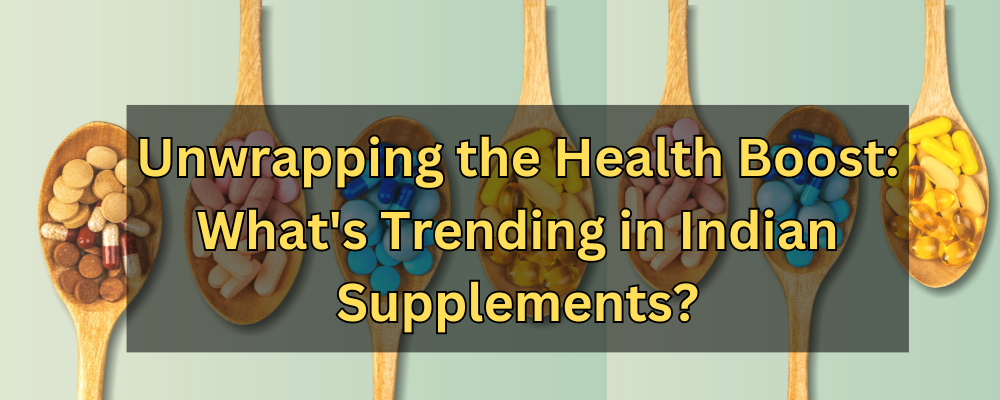With type 2 diabetes, what you eat can make a big difference in your health and how well you manage your disease. The good news is that our concept of the best diet for diabetes has changed in recent years, moving away from rigid standards. “There’s a lot of leeway now,” notes Amy Campbell, MS, RD, manager of clinical education programs at the Joslin Diabetes Center, a research organization affiliated with Harvard Medical School.
For instance, one of the top misconceptions about diabetes is that you have to worry only about sugar. “Back in the ’80s and ’90s, people with diabetes were told, ‘You can eat starches, but don’t eat sugar,’” Campbell explains. “Now we know that our bodies turn all carbohydrates, whether they come from sugars or starches, into blood sugar.”
Choose Carbs Wisely
We’re also learning that a strict low-carb diet isn’t necessarily the answer either, as many people find it difficult to stick with such a limited diet over the long haul. People with diabetes can enjoy moderate amounts of carbohydrates and still maintain good blood sugar control. “About 40 to 45 percent of your calories can come from carbohydrates,” advises Campbell. Of course, it’s best if those carbohydrates come from healthy sources, such as vegetables, fruits, and whole grains, and more specifically from nonstarchy vegetables such as carrots, broccoli, and spinach and high-fiber starches such as brown rice, quinoa, and beans. Campbell also recommends spreading out your carb intake over the course of the day. Try to eat 30 to 60 grams of carbohydrates per meal and 15 to 30 grams per snack.
Go for Good Fats
Another diabetes diet myth is that you should eat little or no fat. Not true, says Campbell. “Now we know we need some fat in our diets and that not all fat is bad,” she explains. The ideal diet for diabetes includes low to moderate amounts of fat, comprising up to 35 percent of your daily calories. However, the majority should come from healthy vegetable fats — fats that, unlike butter, are liquid at room temperature, such as canola oil and olive oil. Nuts, avocados, and fatty fish like salmon also provide good fats. At the same time, you want to limit butter and other foods high in saturated fats, including fatty red meat and full-fat dairy products, to protect your heart. Diabetes makes you more than twice as likely to have heart disease as people without diabetes, Campbell says.
Also avoid trans fats, often found in stick margarine and processed foods such as store-bought cakes, cookies, and crackers. “They can raise your bad cholesterol and lower your good cholesterol,” notes Campbell. “The good news is that a lot of manufacturers have taken trans fats out of their foods.” Read labels carefully and avoid products that include “partially hydrogenated oils” in their ingredients list, even if they list 0 grams trans fat on the Nutrition Facts Panel. These foods contain trace amounts of trans fats that can add up over time.
Be Picky With Proteins
Lean protein is an important part of any diet. “You want to choose low-fat meats and cheeses and white-meat poultry without the skin,” Campbell says. Try adding fish a few times a week, as well as vegetarian protein sources like tofu. Think of protein as a secret weapon: It has the advantage of keeping you fuller longer — meaning you’ll eat less — and it helps preserve your lean muscle mass, Campbell adds.
Don’t Forget Portion Control
Even the healthiest diet needs to come with limits. Many people with type 2 diabetes are overweight. “If you eat too much of anything, even healthy foods, you gain weight,” Campbell says.
The best way to lose weight, if you need to, is to eat less and exercise more so that you burn more calories than you eat. According to the Diabetes Prevention Program of the National Institutes of Health, even a small amount of weight loss can improve blood sugar control. Modest weight loss may also prevent someone who is pre-diabetic from developing diabetes, explains Campbell.
Following a diabetes-friendly diet does not mean that an occasional treat is out of the question. If you’re going to have a slice of cake though, Campbell says, keep it small. Plus, don’t forget to work it into your total carb count for the day by cutting back on carbs elsewhere.
Above all, keep in mind that no single diabetes diet is recommended for everyone. You may need to experiment to see what level of carbs, proteins, and fats works best for you. Check your blood sugar regularly and keep a diary of what you eat. “It can help you see that when you eat 6 cups of spaghetti, your blood sugar goes higher,” Campbell says. “If you don’t know where your blood sugars are, then you won’t know what to eat.”














